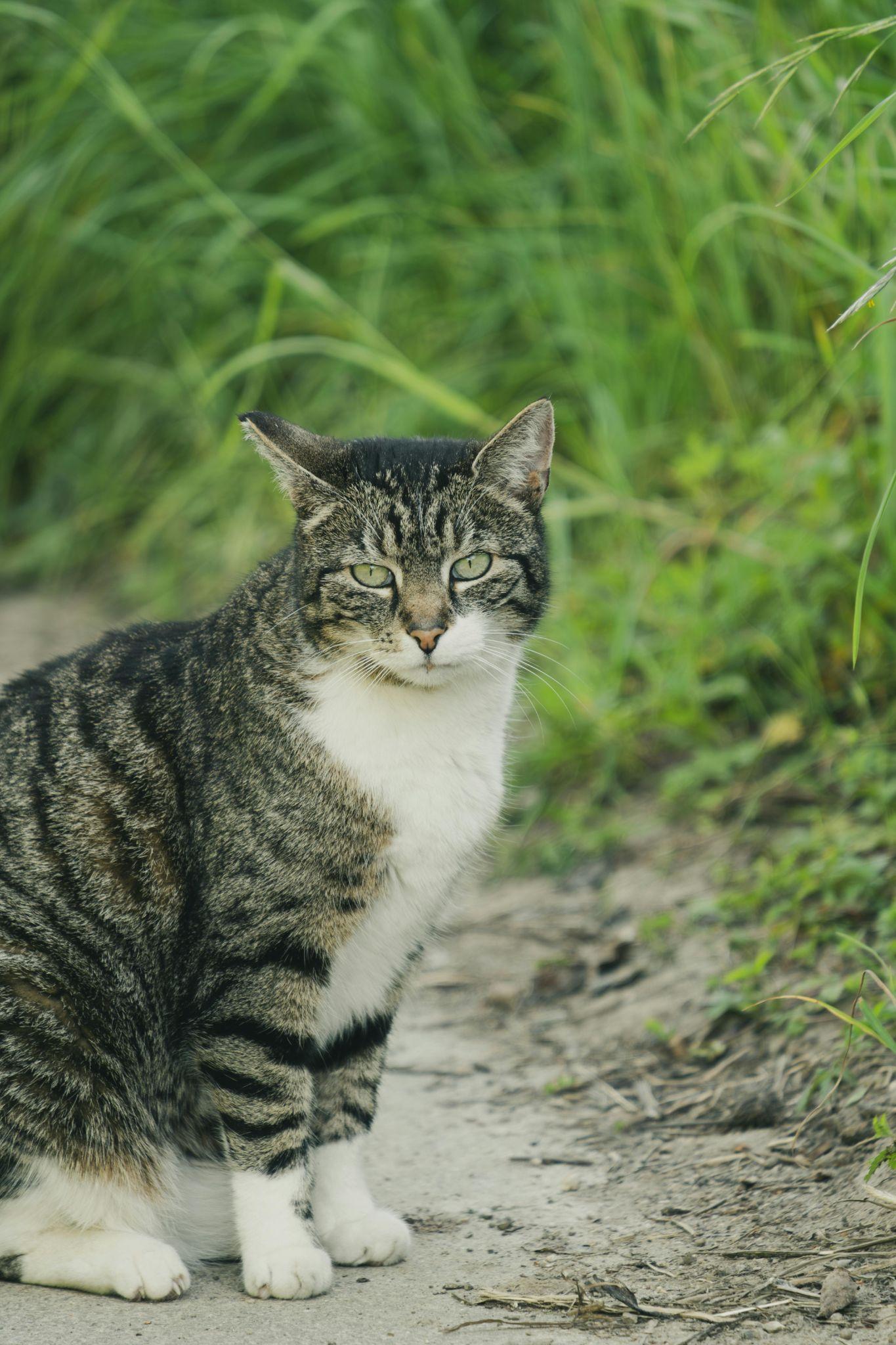As pet owners, we are deeply invested in our pets’ well-being, from providing nutritious food and regular vet check-ups to ensuring they get enough exercise. Yet, one aspect of pet care that is often overlooked is sun protection. Like humans, pets are vulnerable to the harmful effects of ultraviolet (UV) rays. If you’re concerned about your pet’s skin health, you’re not alone. But how do you choose the right pet safe sunscreen? This comprehensive guide will help you make an informed decision to keep your pet’s skin protected from the sun.

Why Do Pets Need Sunscreen?
The Importance of Sun Protection for Pets
Pets, especially those with light-colored fur or exposed skin, are prone to sunburn and skin damage. Areas like the nose, ears, and belly are particularly susceptible. Prolonged sun exposure without protection can result in painful burns, inflammation, and even skin cancer. Incorporating a pet sunscreen into their care routine, especially during sunny days or in warmer climates, is crucial.
Which Pets Are Most at Risk?
While all pets can benefit from sunscreen, some are more vulnerable to sun damage:
- Pets with short or light-colored fur: These animals have less natural protection against UV rays.
- Hairless breeds: Breeds such as the Chinese Crested dog and the Sphynx cat have no fur to protect their skin.
- Pets with thin or no fur on specific areas: Breeds with naturally thin coats or exposed skin, like Greyhounds, are at higher risk.
- Pets with skin conditions: Pets with existing skin conditions or those recovering from surgery may have more sensitive skin, requiring extra protection.
What to Look for in a Pet Safe Sunscreen
Understanding the Ingredients

When choosing a pet sunscreen, examining the ingredients is essential. Not all sunscreens are safe for pets, and some may contain harmful chemicals that can be toxic if ingested or absorbed through the skin. Here’s what to keep in mind:
Ingredients to Avoid
- Zinc Oxide: Commonly found in human sunscreens but toxic to pets, especially dogs. Ingestion can lead to zinc poisoning, causing symptoms like vomiting, diarrhea, and lethargy.
- Parabens: These preservatives, often found in skincare products, can disrupt your pet’s endocrine system.
- Artificial Fragrances and Dyes: These can cause allergic reactions or skin irritation, particularly in sensitive pets.
Ingredients to Look For
- Titanium Dioxide: A safe and effective physical blocker that reflects UV rays without being absorbed into the skin.
- Natural Oils (e.g., coconut oil, shea butter): These ingredients provide additional moisturizing benefits without the risks associated with synthetic chemicals.
- Aloe Vera: Known for its soothing and hydrating properties, Aloe Vera helps reduce the risk of skin irritation.
SPF Level: How Much Protection Does Your Pet Need?
The Sun Protection Factor (SPF) measures how well sunscreen protects against UVB rays. However, most pet sunscreens don’t specify an SPF level, focusing instead on broad-spectrum protection against both UVA and UVB rays.
- Broad-Spectrum Protection: Ensure the sunscreen offers protection against both UVA (aging rays) and UVB (burning rays). This is crucial for comprehensive sun protection.
- Moderate to High SPF Equivalent: If an SPF rating is listed, an SPF of 15-30 is generally sufficient for pets. Higher SPFs provide more protection but may not be necessary for all pets.
Application Method: Ease and Convenience
The method of application can greatly influence how well the sunscreen works and how likely you are to use it consistently. https://truepetslove.com/
Sprays vs. Lotions vs. Wipes
- Sprays: Convenient to apply, particularly on pets that are fidgety. However, be cautious of inhalation and avoid spraying near the face.
- Lotions: Provide thorough coverage and can be massaged into the skin, although application might take longer.
- Wipes: Ideal for on-the-go protection, but frequent reapplication may be needed to ensure full coverage.

Water Resistance: Essential for Active Pets
If your pet enjoys swimming or tends to get wet, water-resistant sunscreen is a must. It ensures that the protection lasts even during water play. However, remember that water-resistant doesn’t mean waterproof, so reapplication after swimming or heavy sweating is crucial.
Hypoallergenic Formulas for Sensitive Skin
Pets with sensitive skin may react to certain ingredients, even those generally considered safe. Hypoallergenic sunscreens are designed to minimize the risk of allergic reactions and are usually free from common irritants.
How to Apply Pet Safe Sunscreen

Step-by-Step Guide to Proper Application
Applying sunscreen to your pet might seem daunting, but following these steps can simplify the process:
- Choose the Right Time: Apply sunscreen about 20 minutes before your pet is exposed to the sun. This allows it to absorb and provide effective protection.
- Test for Reactions: Before full application, test a small amount of sunscreen on a less sensitive area, like the inner leg. Wait 24 hours to ensure there’s no adverse reaction.
- Apply to Vulnerable Areas: Focus on areas with little or no fur, such as the nose, ears, belly, and any exposed skin. For pets with light-colored fur, consider applying a thin layer over the entire body.
- Avoid the Eyes and Mouth: Be cautious when applying sunscreen around your pet’s face. Use a damp cloth to wipe off any excess that might accidentally get into these areas.
- Reapply Regularly: Reapply every 4-6 hours, or more frequently if your pet is swimming or sweating.
Training Your Pet to Tolerate Sunscreen
Not all pets will immediately accept sunscreen application. Here are some tips to help them adjust: https://truepetslove.com/how-to-care-for-your-pet-during-summer-heat-essential-tips-for-keeping-your-pets-safe/
- Start Slowly: Gradually introduce the sunscreen to your pet. Allow them to sniff it before application.
- Positive Reinforcement: Reward your pet with treats and praise during and after the application.
- Consistency: Make sunscreen application part of your daily routine during sunny days so your pet becomes accustomed to it.
How to Choose the Right Pet Safe Sunscreen: Special Considerations

Specific Needs Based on Breed and Skin Type
Different breeds have different needs when it comes to sun protection. For instance:
- Short-Haired Breeds: May require more frequent application to prevent sunburn.
- Hairless Breeds: Need comprehensive coverage over their entire body.
- Breeds Prone to Skin Allergies: Opt for hypoallergenic formulas free from fragrances and dyes.
Should You Consider a Vet-Recommended Product?
In some cases, particularly if your pet has a skin condition or is recovering from a medical procedure, consulting your vet before choosing a sunscreen is wise. They may recommend a specific product tailored to your pet’s unique needs.
Common Myths About Pet Sunscreen
“My Pet Has Fur, So They Don’t Need Sunscreen”
While fur provides some level of protection, it’s not enough for extended sun exposure, especially for pets with thin or light-colored coats. Areas like the nose, ears, and belly remain vulnerable.
“I Can Use Human Sunscreen on My Pet”

Human sunscreens often contain ingredients that are toxic to pets, such as zinc oxide and certain fragrances. Always choose a pet-specific sunscreen to ensure safety.
“Pets Only Need Sunscreen on Hot Days”
UV rays can penetrate clouds, meaning your pet can still get sunburned on overcast days. Sunscreen is necessary whenever your pet will be outside for an extended period, regardless of the weather. https://truepetslove.com/product/andis-excel-pro-animal/
Protecting Your Pet with the Right Sunblock
Choosing the right pet safe sunscreen is an essential step in safeguarding your pet from the harmful effects of UV rays. By understanding the risks, selecting the appropriate product, and applying it correctly, you can ensure your pet enjoys the outdoors safely. Remember, the pet sunscreen you choose should be free from harmful chemicals, easy to apply, and suited to your pet’s specific needs. With the right protection, you and your pet can enjoy sunny days with peace of mind.
